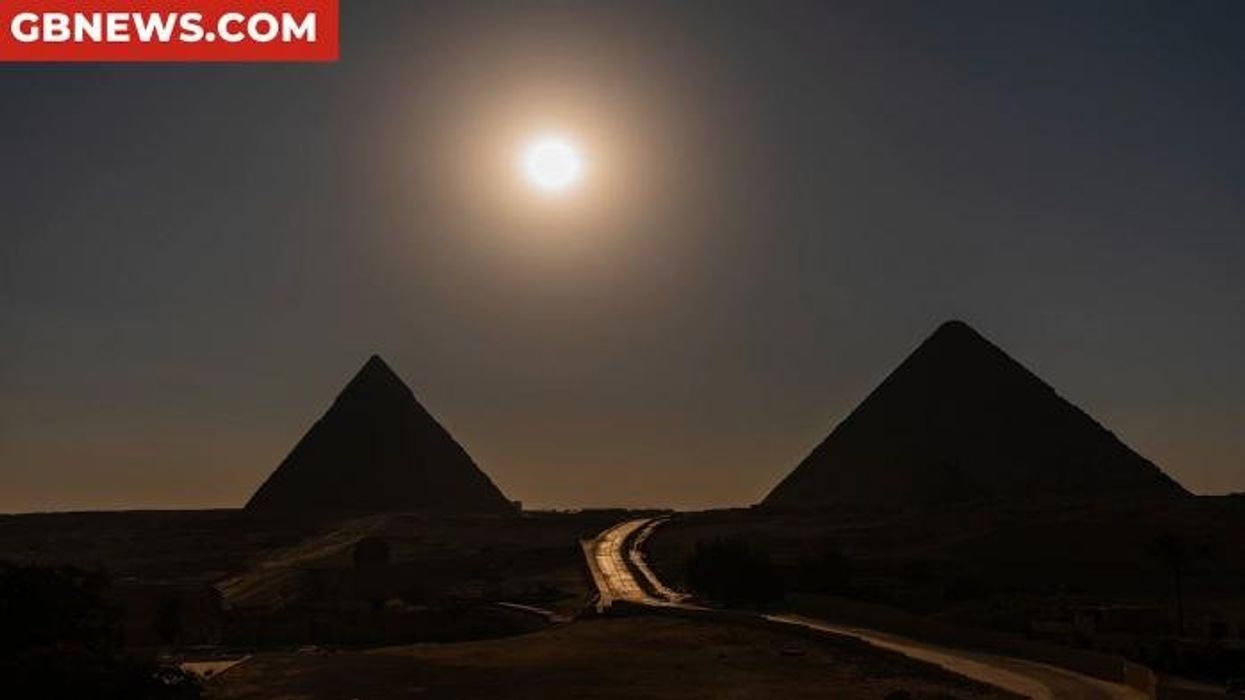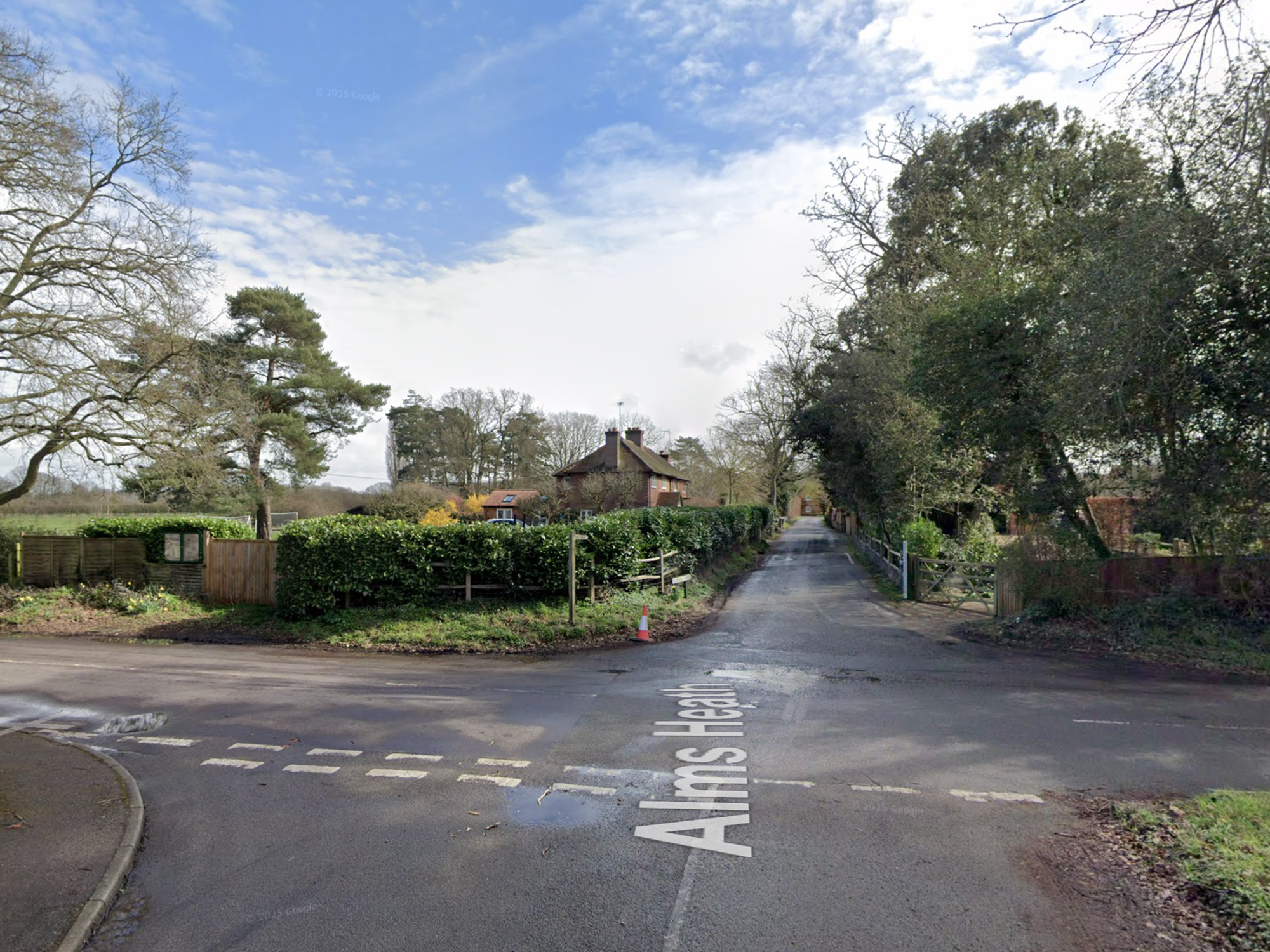Science breakthrough as experts find remains of last surviving dinosaurs thriving before asteroid strike

The study suggests there were 'many types of dinosaurs thriving up until that moment the asteroid ended it all'
Don't Miss
Most Read
Dinosaurs in North America were thriving before the asteroid struck 66 million years ago and caused their mass extinction, new research has suggested.
Scientists have long debated whether dinosaurs were already in decline before the asteroid strike sealed their fate.
But a new study has challenged these assumptions and instead suggests they were flourishing.
Researchers took a fresh look at the last-surviving dinosaur-dominated ecosystems in the San Juan Basin of northwestern New Mexico.
TRENDING
Stories
Videos
Your Say
The area has yielded a wealth of fossils collected since the mid-late 1800s, according to the study published in the journal Science.
These last dinosaurs come from the Naashoibito Member, in the De-Na-Zin Wilderness Area in New Mexico.
“The Naashoibito dinosaurs lived at the same time as the famous Hell Creek species in Montana and the Dakotas," co-author of the study and professor of geosciences at Baylor University in Texas, Dan Peppe, said.
"They were not in decline. These were vibrant, diverse communities."
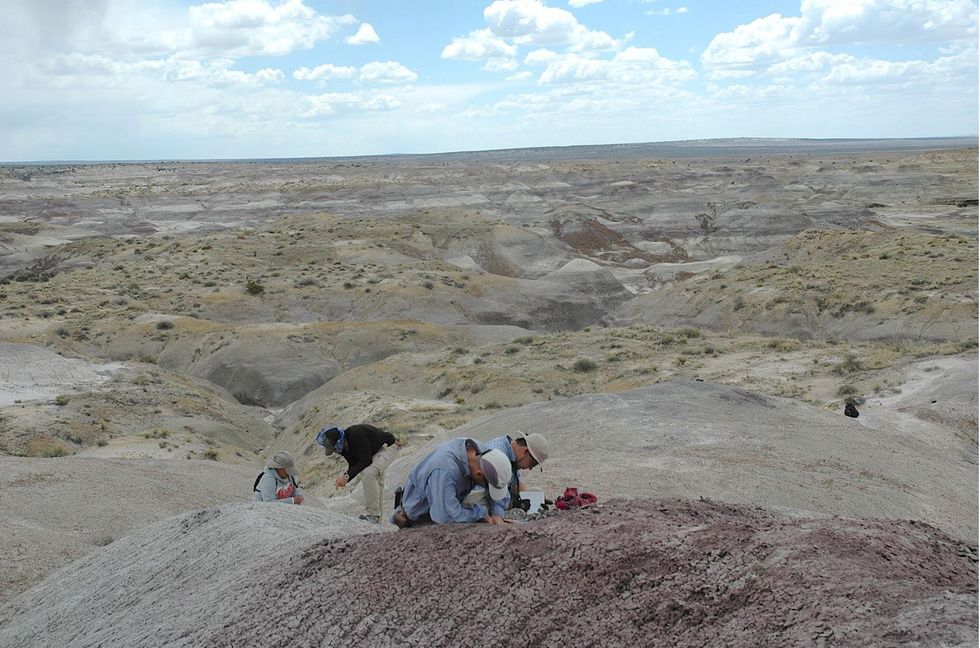
The study suggests dinosaurs were not in long-decline at the time of extinction
|NEW MEXICO STATE UNIVERSITY
Unlike well-studied dinosaur communities from the Hell Creek region, the New Mexico dinosaur fauna is dominated by a very different kind of dinosaur – the large, long-necked sauropod Alamosaurus.
Researchers estimate the Alamosaurus’ body at about the length of two semi-tractor trailer rigs and weighing in at 30 to 80 tonnes, with a long neck and a height of about 30 to 50 feet.
Andrew Flynn, assistant professor at New Mexico State University, said: "Our new data shows that the dinosaurs in New Mexico, which are made up of very different species than those found in Wyoming and North Dakota, are the same age.
"What our new research shows is that dinosaurs are not on their way out going into the mass extinction.
LATEST DEVELOPMENTS:
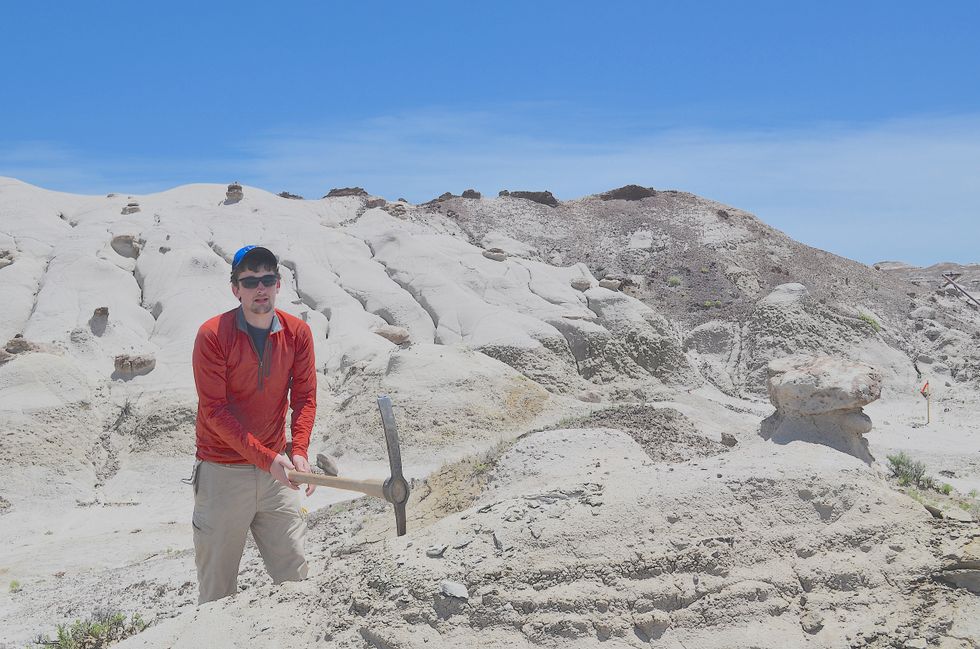
Researches took a fresh look at the last-surviving dinosaur-dominated ecosystems in the San Juan Basin of northwestern New Mexico
|NEW MEXICO STATE UNIVERSITY
"They're doing great, they're thriving, and that the asteroid impact seems to knock them out.
"This counters a long-held idea that there was this long-term decline in dinosaur diversity leading up to the mass extinction making them more prone to extinction."
The researchers found fossils deposited in the last 380,000 years of the Cretaceous period, which ended with the dinosaur's mass extinction.
"These were the very last dinosaurs alive in New Mexico before the asteroid impact," Mr Flynn added.
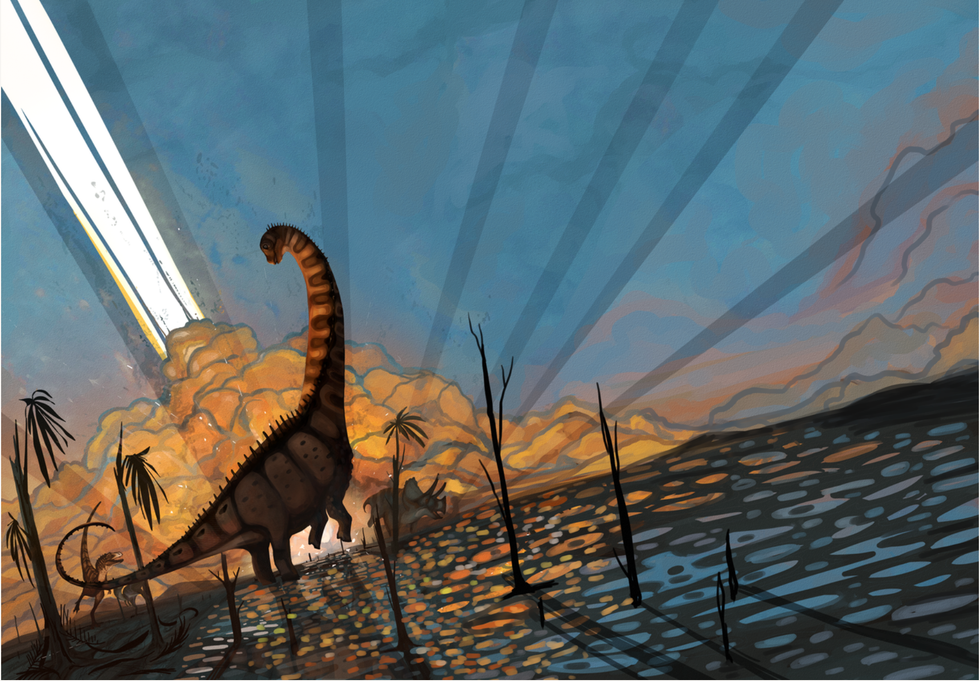
Researchers analysed fossils of the Alamosaurus found in northwestern New Mexico
|NEW MEXICO STATE UNIVERSITY/NATALIA JAGIELSKA
Fellow researcher Steve Brusatte, professor at the University of Edinburgh, said the study suggests there were "many types of dinosaurs thriving up until that moment the asteroid ended it all".
He explained: "The extinction of the dinosaurs is the most famous instance of mass death in the history of Earth.
"An inconvenient truth is that until now palaeontologists have had few fossils of dinosaurs unequivocally dated to the last few hundred thousand years of the Cretaceous, before the asteroid hit, so much of our understanding of the extinction was extrapolated from older fossils and statistical analyses.
"Now, in New Mexico, we have fossils of dinosaurs that were there right at the end. These were the dinosaurs that were greeted by the asteroid.
"And when we compare them with the only other fossils accurately dated from this time, from further north, we can see they are much different."


